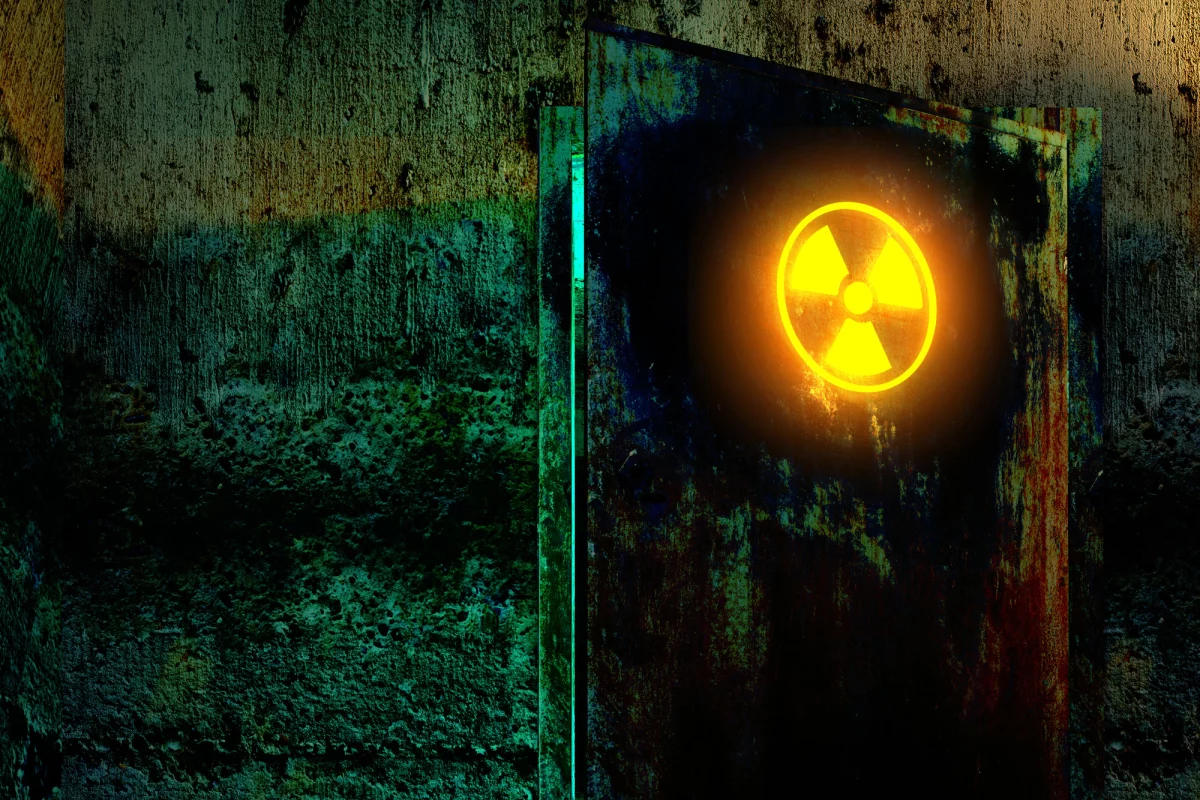A team of scientists at North Carolina State University has developed a technique that could allow bricks and other common building materials to act as "cameras" that can reveal the location and distribution of radioactive materials that were once in their vicinity. Using optically stimulated luminescence, the team was able to retrieve a historical snapshot thanks to how radioactive elements like weapons-grade plutonium affected certain minerals in the materials.
On Christmas Day, 1972, the BBC aired a ghost story called The Stone Tape, which postulated that ghosts were the result of the stones in a room acting as a recording medium of past events – a stone tape, as it were. It was regarded as not only one of the best horror stories produced for television, but also popularized the hypothesis in paranormal circles known as residual hauntings or the Stone Tape theory.
Now, a North Carolina team has come up with a real-life version of the stone tape, only this time what it records is radiation, not phantoms. The idea is that building materials can act like a 3D camera that picks up residual gamma radiation signatures. This is because some minerals, such as quartz or feldspar, react to gamma rays by trapping electrons in their crystalline matrix. When stimulated, these electrons shift from their prison, releasing light that can be measured on a photomultiplier, allowing scientists to build up a picture of any strong radioactive source that might have been in the area.
"Our new work effectively shows that we could take an array of bricks and turn them into a gamma-ray camera, characterizing the location and distribution of a radiation source," says Robert Hayes, an associate professor of nuclear engineering at NC State. "Although this time we did not use bricks, instead, relying on commercial dosimeters, since it’s a proof of concept study. Also, the radiation source we imaged this time was 4.5 kilograms (10 lb) of weapons-grade plutonium, whereas we previously used a commercial americium source for the [gamma-ray] spectrometry demonstration. In this most recent study, we were able to rather accurately predict not only the location of the weapons-grade plutonium but even the radius of the source, just with passive dosimeters.
"Even though we used commercial dosimeters here, our findings strongly suggest that we could do the same using building materials, such as brick. That’s because the silicates in brick – such as quartz, feldspars, zircons, and so on – are all individual dosimeters. It is a tedious process to remove those grains from the brick for measurements, but we have done it multiple times. For the goals of this new research, it wasn’t necessary to use brick – we’ve already shown we can do that. This was simply a question of determining how much information we could glean from this approach. And the answer is that we could learn a lot – about the size and shape of the radiation source, as well as the nature of the radioactive material itself."
The research was published in Radiation Measurements.
Source: North Carolina State University





